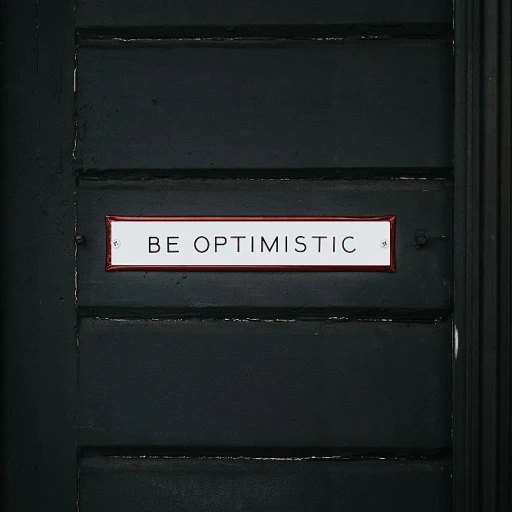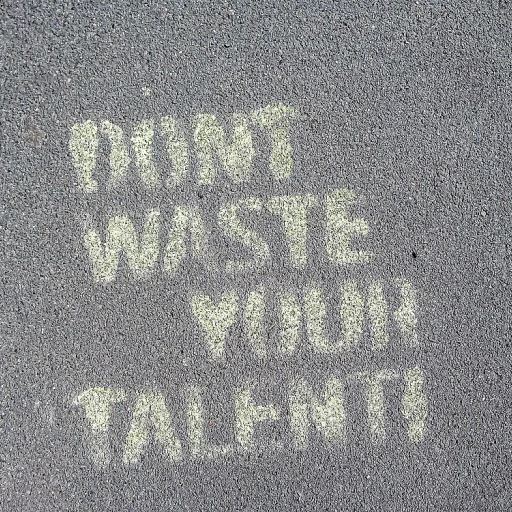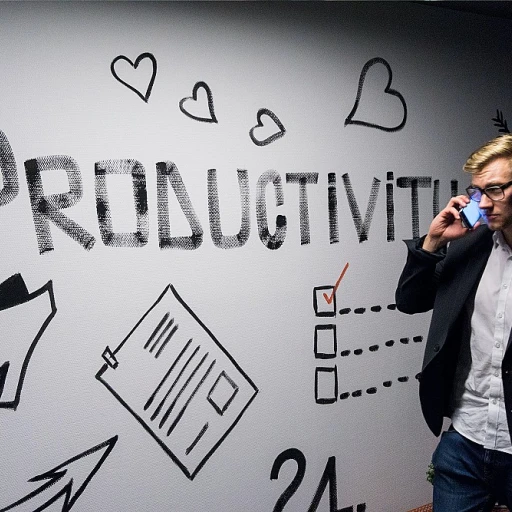
Understanding AI's Role in Workforce Planning
The Significance of AI in Modern Workforce Planning
Artificial intelligence (AI) is rapidly reshaping the landscape of human resources, particularly in workforce planning. AI's role in this realm is multifaceted, offering businesses the ability to enhance their forecasting methods, analyze workforce trends, and predict future staffing needs. By leveraging AI, organizations are now better equipped to align their human resource strategies with overall business goals. AI technologies have become essential for conducting supply and demand forecasting. They are used to analyze historical data and understand current workforce dynamics. This helps HR departments make data-driven decisions that cater to the future needs of their employees and the organization. Moreover, AI-driven predictive analytics provide valuable insights into workforce forecasting. These insights empower HR professionals to undertake scenario planning, gap analysis, and demand forecasting with greater precision. AI will help companies predict future talent supply and demand, ensuring that future staffing aligns with business objectives effectively. By integrating AI into workforce planning, organizations can streamline their processes, optimize workforce allocation, and enhance the overall candidate experience. This strategic use of AI not only bolsters current workforce planning but also prepares businesses for future challenges. For a deeper dive into how AI is transforming workforce allocation, visit this enhancing workforce allocation with AI in human resources resource.Key AI Technologies Transforming HR Forecasting
Transformative Technologies Shaping HR Forecasting
In the continuously evolving landscape of human resources, integrating AI technologies in workforce planning has become a game-changer. These revolutionary tools not only enhance traditional forecasting methods but also empower organizations to align their strategies with future business goals effectively. Understanding these technologies is crucial for businesses to maintain a competitive edge.
The adoption of predictive analytics marks a significant shift in the way HR departments approach workforce forecasting. By utilizing historical data, HR professionals can conduct a comprehensive trend analysis that will help predict future staffing needs. This data-driven process allows organizations to perform a detailed gap analysis, ensuring their strategies align with current workforce capabilities and business goals.
Scenario planning has gained traction, enabling businesses to prepare for various possible futures based on different workforce trends. By implementing demand forecasting technologies, companies can better understand supply-demand dynamics, which facilitates more effective talent acquisition strategies and enhances the candidate experience. Empowered by data-driven insights, HR teams can turn real-time analysis into actionable strategies that meet future staffing requirements.
AI-powered tools are also revolutionizing talent management by enhancing the precision of talent forecasting. These solutions provide HR professionals with robust tools to analyze workforce data, allowing them to create tailored strategies that meet both immediate business demands and long-term objectives.
To learn more about enhancing HR processes with business intelligence strategies, explore further insights through this resource.
Data-Driven Decision Making in HR
Leveraging Data for Informed HR Decisions
In the evolving landscape of human resource management, leveraging data has become pivotal in making sound workforce decisions. Just as AI technologies revolutionize HR forecasting, their ability to process and analyze large datasets within short time frames offers unparalleled advantages for workforce planning. AI systems employ predictive analytics by utilizing historical data to offer insights into workforce forecasting. This process entails analyzing past workforce trends and patterns to guide future staffing decisions. HR departments that harness these data-driven strategies can effectively align their talent acquisition efforts with business goals. Furthermore, scenario planning facilitated by AI enables organizations to predict future supply and demand with remarkable accuracy. By understanding the current workforce and forecast demand, businesses can perform gap analysis to identify the disparity between current talent and future staffing needs. AI-driven demand forecasting methods are instrumental in enhancing decision-making processes beyond mere numbers. Using comprehensive trend analysis, HR professionals can assess the likelihood of meeting business objectives and adjust strategies accordingly. For instance, analyzing data trends related to employee turnover will help organizations preemptively address potential issues, ensuring a seamless transition in times of change. A study by a leading company highlights how an automated system strengthened its forecast accuracy, thereby enhancing workforce planning initiatives. By leveraging such sophisticated technologies, organizations can not only predict future trends but also improve candidate experience and talent management efficiency. In conclusion, the dynamic nature of AI in human resources empowers businesses to achieve their goals through meticulous data-driven analysis, strategic scenario planning, and forward-thinking talent acquisition approaches, helping them remain agile in a competitive future landscape.AI Tools for Talent Management
AI-Driven Tools Revolutionizing Talent Management
Artificial intelligence is reshaping how talent is managed within organizations. By leveraging AI tools, HR teams can streamline their talent acquisition and retention processes, ultimately enhancing workforce forecasting and aligning business goals with the current workforce. AI-powered platforms automate repetitive tasks, reducing the time spent on manual processes such as reviewing resumes and scheduling interviews. Predictive analytics tools help identify the best candidates based on historical data and forecast staffing needs by analyzing patterns and trends. This approach enables HR professionals to understand workforce forecasting in greater depth, aiding in more precise demand forecasting and supply-demand gap analysis. Scenario planning is another area where AI shines. HR teams can explore multiple future staffing scenarios, test different strategies, and evaluate potential outcomes before making real-world decisions. This forward-thinking approach aligns with broader workforce planning and ensures HR strategies are adaptable to changing business demands. In the realm of enhancing employee experience, AI tools personalize the candidate experience and streamline onboarding processes. By leveraging data-driven insights, companies can tailor training programs and promote continuous learning, creating a work environment that fosters growth and engages employees in achieving business goals. Moreover, AI enhances the clarity of alignment between HR processes and organizational objectives. By automating tedious tasks and providing intricate analysis of workforce forecasting data, AI enables HR teams to focus on strategic planning and talent development, ensuring the organization is well-prepared to meet future demands.Challenges and Ethical Considerations
Addressing Potential Challenges and Ethical Concerns
As artificial intelligence continues to revolutionize workforce planning and forecasting in human resources, it is essential to recognize the challenges and ethical considerations associated with its adoption. Incorporating AI-driven strategies for talent acquisition, workforce forecasting, and staffing can provide numerous benefits, but only if challenges are effectively managed and ethical concerns are addressed.
A primary challenge is ensuring data quality. AI systems rely heavily on historical data and predictive analytics to forecast future workforce demand and supply. Inaccurate or incomplete data can lead to flawed forecasts and business strategies. Thus, organizations must implement a rigorous data-driven process to maintain accuracy and relevance.
Another concern is workforce bias. AI tools are designed to analyze data and identify trends, but if the input data contains biases, the AI system may inadvertently replicate or even amplify those biases. This could impact talent management decisions, from hiring to promotions, potentially affecting employee diversity and inclusion. Organizations should regularly audit their AI systems to ensure unbiased outcomes.
Privacy is also a critical issue, particularly when collecting and analyzing employee data. Employers must respect employee privacy and adhere to relevant data protection regulations. This requires a clear understanding of the data collection process, its goals, and how it aligns with the organization's ethical standards.
Furthermore, integrating AI into HR processes requires a workforce shift. Employees must be equipped with the necessary skills to work alongside AI technologies. Proper training and scenario planning can help employees transition smoothly, ensuring that they contribute effectively to the AI-driven process.
Lastly, ethical transparency is paramount. Companies must communicate AI's role in decision-making processes openly to build trust with employees. This transparency will help people understand how AI impacts their roles and the organization’s business goals.
By being proactive in addressing these challenges and ethical considerations, organizations can harness AI's full potential in enhancing their workforce planning and forecasting, ensuring a bright future for human resource management.












